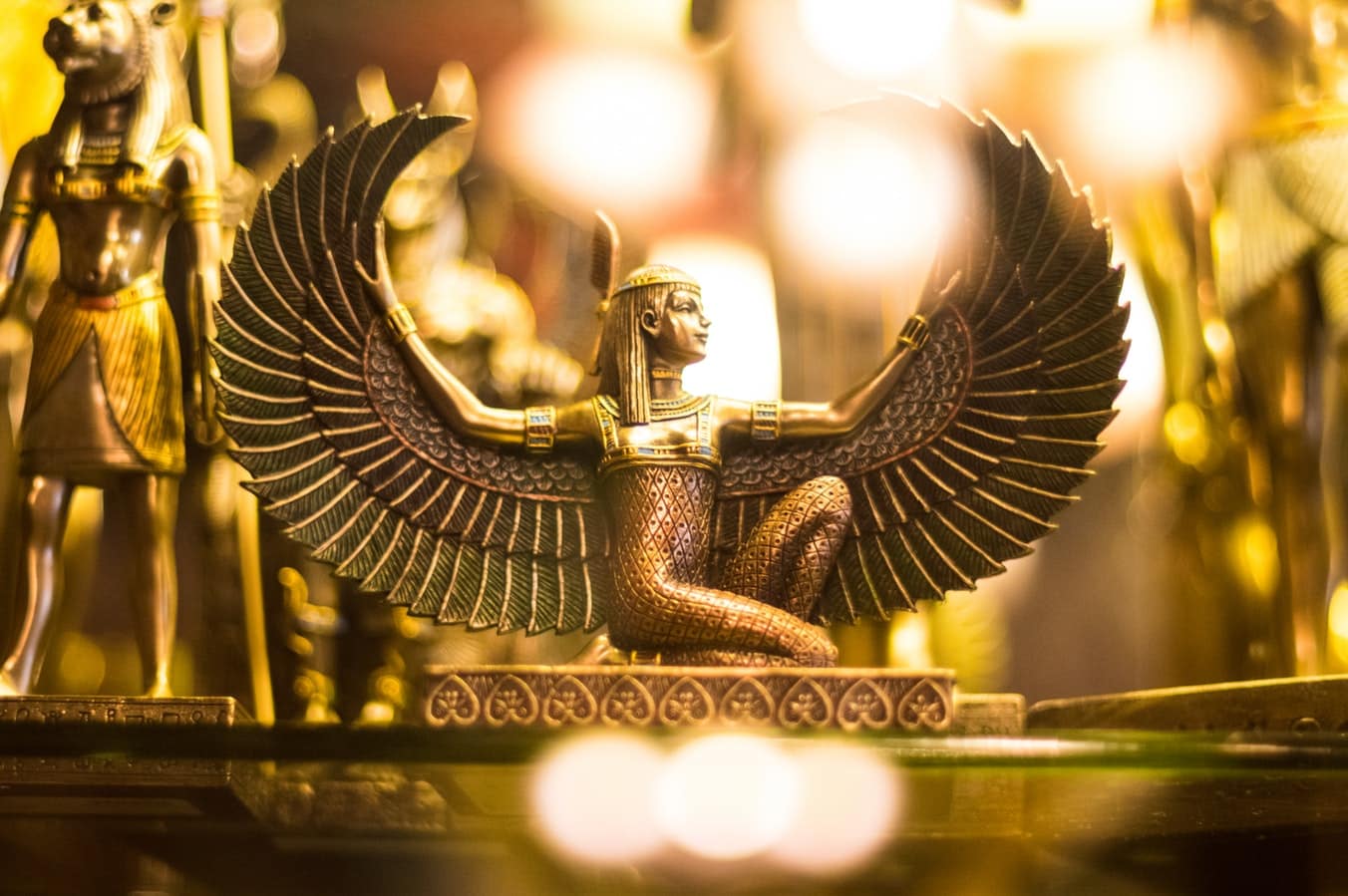
Table of Contents
Bronze sculptures add a sophisticated touch to any interior, whether it’s your home or office. Known for their durability and as a smart investment, bronze pieces are popular choices. Here’s what you need to know when choosing the right bronze sculpture for your space and teach you how to maintain and clean it, helping you preserve its beauty for years to come.
History of Bronze Sculptures
As far as history is concerned, bronze is the most popular material for cast metal sculptures. Bronze has been used for sculptures and for other art pieces ever since the metal was discovered and started being used for tools and edged weapons.
Some of the most famous bronze statues such as the Dancing Girl from Mohenjodaro date all the way back to 2500 BCE. The Ancient Egyptians were also very fond of creating small lost-wax bronze figurines and sculptures as were the Greeks and many Asian and South American civilizations.
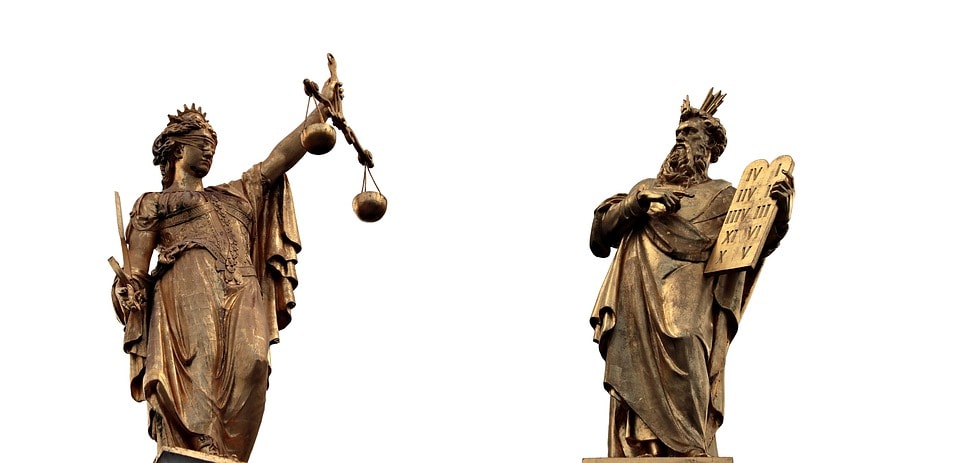
The unusual property of bronze alloys to expand slightly before they are set is one of the key reasons countless artisans over the centuries have loved working with bronze. This property allows the craftsmen to create even the finest details with much less hassle and effort than they would need with any other metal. Additionally, most bronze alloys also shrink a bit as they cool off which also made them very easy to detach from the mold.
Despite all these benefits and despite the long history of bronze usage in sculptures, the alloy has gone over a couple of quiet periods in the stages of art development. Fortunately, it was “rediscovered” after each such period – once during the Renaissance and once during the Industrial Revolution.
Today, bronze is still frequently used in sculptures and in other artisan crafts even though modern technology allows for the easy use of other metals as well. The tradition of using bronze, its classic and beautiful color, the metal’s strength and ductility, as well as the ease of its use, make it a great choice for sculptors all over the world.
The fact that modern bronze alloys have a more uniform composition of 88% copper and 12% tin also makes working with them easier whereas, in the past, different bronze alloys could vary quite a bit in their composition.
How are Bronze Sculptures Made?
Bronze sculptures can be created in multiple different ways but the most common and effective method is the lost-wax casting one. It’s often used with other materials as well but it’s exceptionally effective with bronze.
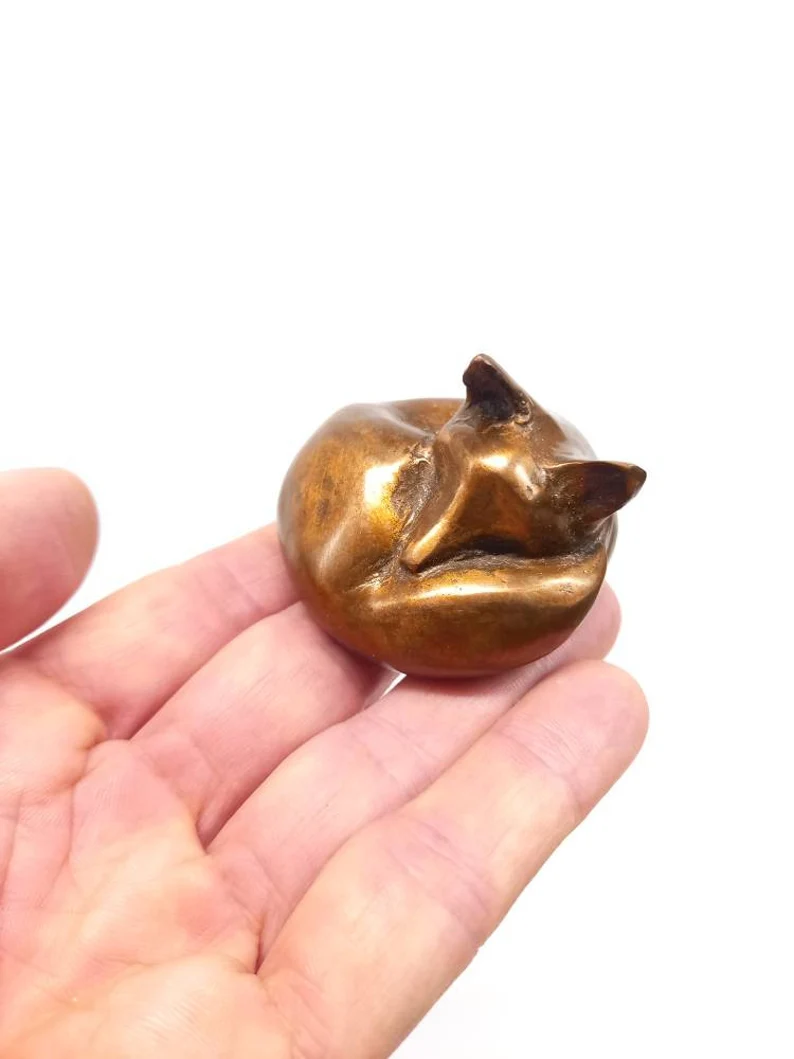
The lost-wax casting method includes the creation of a mold made out of rubber, clay, or other malleable material. The mold can be created from a pre-existing sculpture or it can be of a completely original design.
Once the mold is created, the melted bronze alloy is poured into it and is given time to cool off and take the mold’s shape. The fact that bronze tends to expand slightly before its set and then shrinks as it cools off means that it’s very easy to give bronze sculptures fine details by simply creating the details into the mold.
Of course, there are quite a few steps to the whole process but those are the basics. This method is used to this day to great effect – it is complex and it requires a great deal of skill.
Here’s a video that shows a step-by-step guide to lost wax bronze casting.
How to Choose a Bronze Sculpture for Your Home
There are two main factors to consider when you are looking for a bronze sculpture for your home. The first is the style of the sculpture and the second is the quality of the material.
The style of bronze sculptures is obviously entirely subjective – we can’t presume to tell you what looks good and what doesn’t.
Whether you prefer bronze sculptures in the classic Medieval European art style, or Ancient Asian art styles such as Chinese or Persian, or whether you’re a fan of the late 19th and 20th century Art Deco styles, it’s your choice. As long as the sculpture fits the interior design of the environment, it can be very effective.
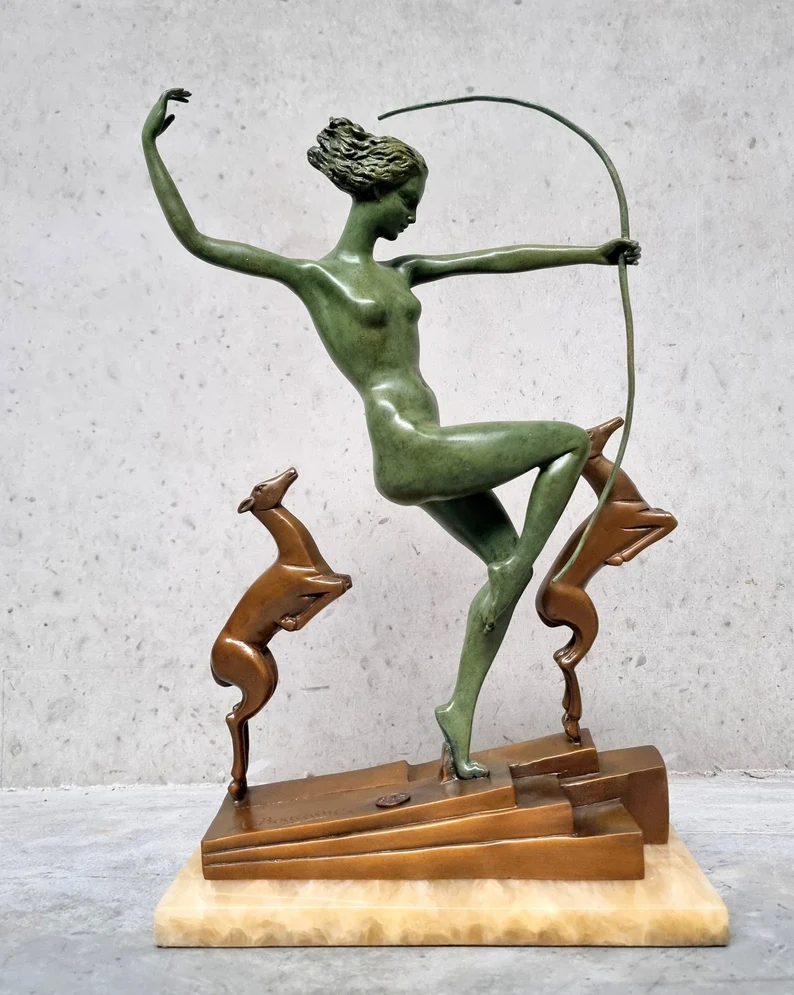
What’s more a matter of objective consideration here, however, is the quality of the bronze. If you’re buying a bronze sculpture you should want it to be of high quality and there are two different types of bronze you’ll encounter – bonded bronze and molten bronze.
- Molten bronze is what’s used in the lost-wax casting method and it’s typically of great quality.
- Bonded bronze, or as it’s also called – bronze resin or cold cast bronze – is actually made out of polyester, epoxy, bronze powder, and resin. Sometimes the bronze powder is mixed in, sometimes it’s painted on top of the finished sculpture. Either way, avoiding such “bronze” sculptures is best if you’re after quality.
If you’re looking for bronze sculptures as a form of investment, then there is also the consideration of where you’ll find the best value. Typically, a lot of bronze sculptures are reproduction pieces which is fine if you just want a decorative bronze structure for your home. However, for investment purposes, you should look for original bronze sculptures that have value.
Do Bronze Sculptures Tarnish?
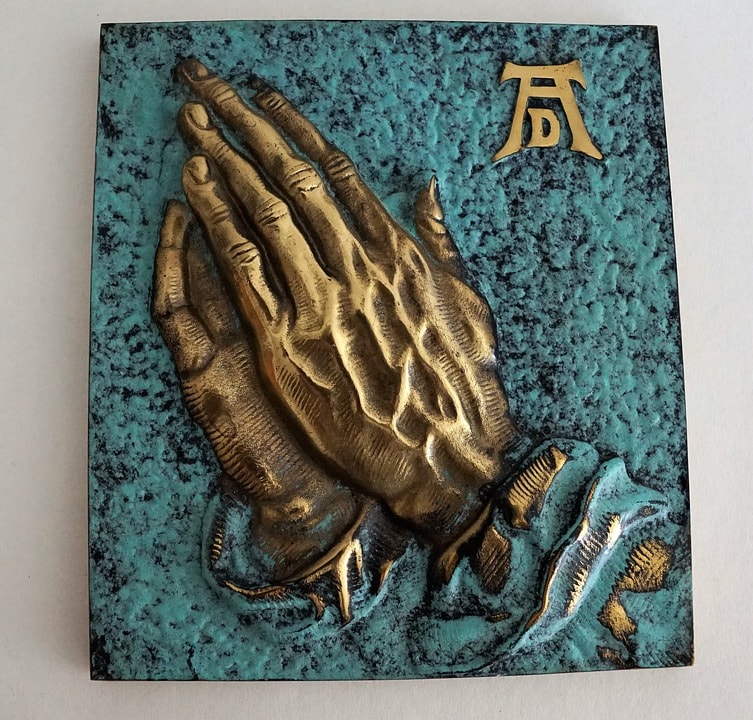
Unfortunately, yes. Tarnish – or patina – on bronze is caused by the chemical reaction of the metals in the alloy and the acids they get exposed to via air, moisture, or touch and is often green in color.
This tarnish is often appreciated by artists who feel that it gives the sculptures a certain depth and character.
However, patina isn’t always appreciated especially if you want the bronze color of your sculpture to shine through. To avoid such tarnish, there are several steps you might want to consider:
- Keep the bronze sculpture in an area with low humidity.
- Protect the sculpture from household dust (which is mostly human skin tissue) and other corrosive materials.
- Avoid touching or handling the sculpture.
- Avoid contact with paint or fabrics.
- When storing bronze sculptures, use a plastic cover.
- Dust your bronze sculpture regularly and carefully with a soft cloth or a toothbrush.
How to Clean Bronze Sculptures
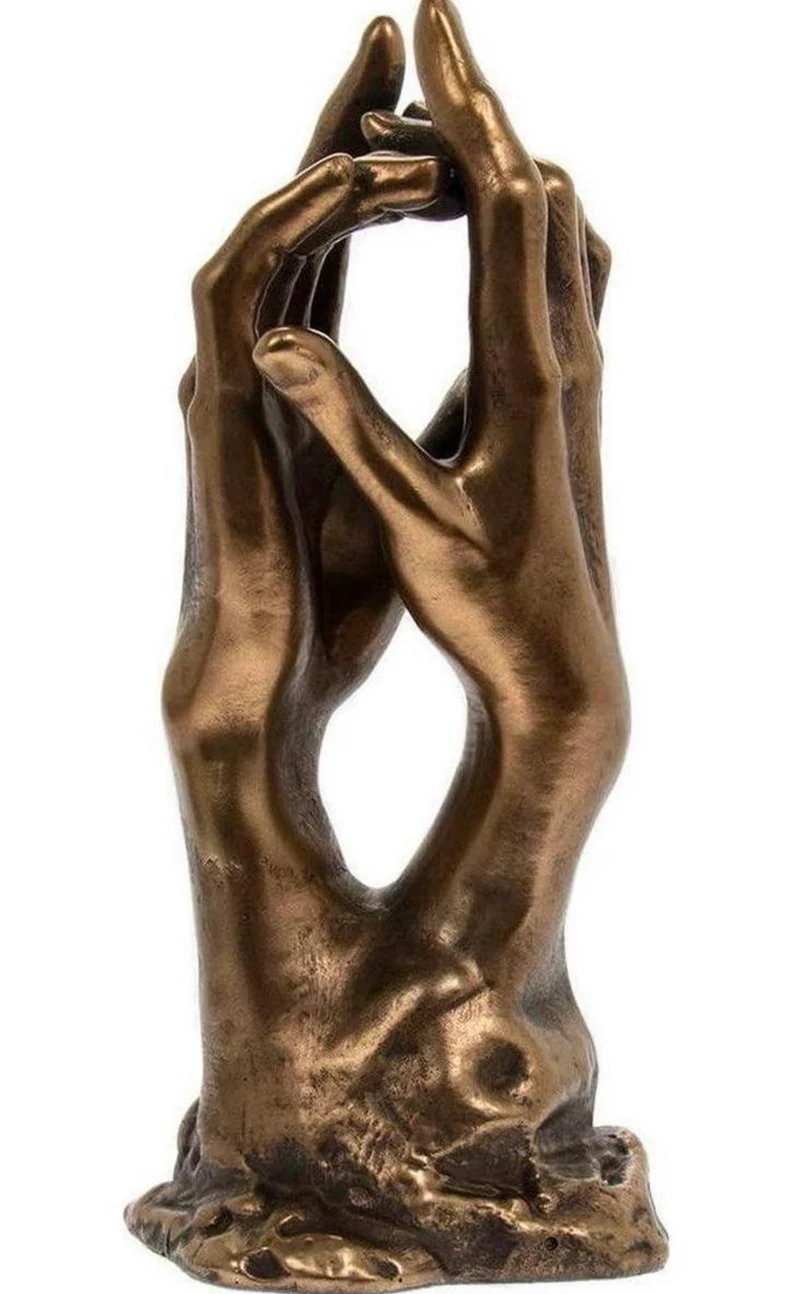
Cleaning your bronze sculpture of dust is a must and, as we mentioned above, it should be done quite carefully.
If your sculpture has already tarnished, however, then you’ll want to clean it with even more care. Use commercial cleaners very sparingly and be as gentle as possible with your brushing so that you remove as little of the metal as possible.
If the tarnish proves to be stubborn, you can use a buffing wheel on a rotary tool or a polishing pad with an oscillating tool. However, you choose to do it, be wary that removing too much of the metal underneath the tarnish can alter the whole shape of the sculpture. Of course, you probably don’t have such tools lying around which means you’ll need to get a professional to do this for you.
Wrapping Up
Bronze sculptures, whether big or small, make for excellent decoration. They’ve been a part of our history for several millennia and they’ll likely remain a part of our art for as long as we’re around. There are multiple historic and classical styles to choose from and they are all great choices, as long as the bronze itself is of high quality. With so many choices on the market, you’re bound to find one that suits your budget and matches your décor.
Ready to browse for bronze sculptures? Check out a fantastic range here.









